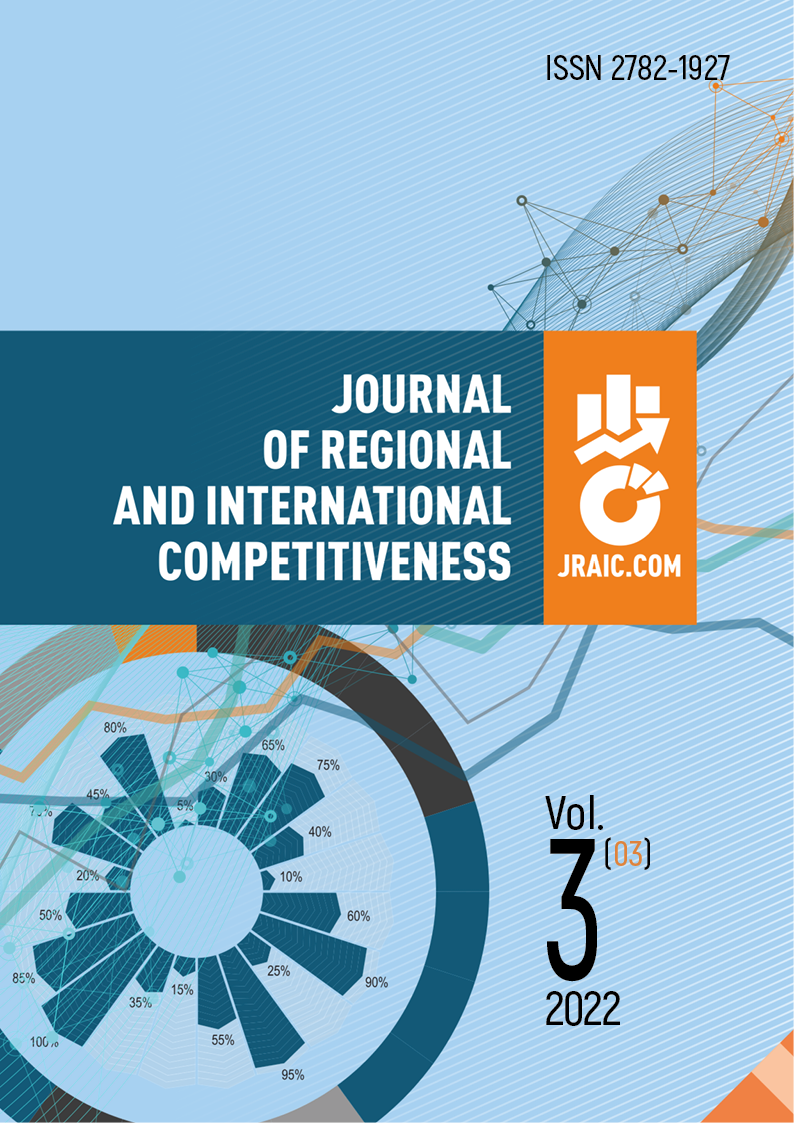Екатеринбург, Свердловская область, Россия
Екатеринбург, Свердловская область, Россия
Ярославль, Ярославская область, Россия
The domestic enterprises operate in a context of intense competitive pressure and the powerful influence of external factors. This study considers the effectiveness of financial and economic activities of an industrial enterprise on the example of one of the largest enterprises in the Ural region of Russia, PJCS "Uralasbest". We assess the efficiency of the enterprise in order to identify problems that have a significant impact on the activity of the economic entity and determine the prospects for its development. PJSC "Uralasbest" is a city-forming enterprise, specializing in the production of chrysotile asbestos, the consumers of which are various industries in the Russian Federation and abroad. In our analytical research we define both external and internal factors, influencing the effectiveness of the enterprise. The authors identified the most significant factors: sanctions, the state of the global and domestic economy, the general decline in production, the non-payment crisis, the influence of Western politicians on the domestic economy (the market in Ukraine is closed), and the anti-asbestos campaign, etc. As a consequence, there is a decline in production and a shortage of production capacity. In the current situation, a prospective way of maintaining the efficient operation of industrial enterprises is to actively explore the domestic market.
industrial enterprises, efficiency, problems, external and internal factors, prospects.
1. Ural is a driver of neo – industrial and innovative development of Russia: Materials of the III Ural Economic Forum (Yekaterinburg, October 21-22, 2021). (2021). Ekaterinburg: UrGEU. Retrieved from: https:// science.usue.ru/images/ docs/itogi/uraldriver3.pdf (in Russian).
2. Strategic priorities and drivers of enterprise development: A collection of scientific articles dedicated to the 50th anniversary of the Department of Enterprise Economics of the Ural University of Economics (2019). Ekaterinburg: Izd-vo UrGEU. Retrieved from: https://science.usue.ru/nauchnye-meropriyatiya/sborniki-iitogi (in Russian).
3. Orlova, T. S. (2022). Blockchain technology as a tool to improve the efficiency and competitiveness of the company. Science – education – economics: new trends and risks”, Collection of scientific papers IX Ural scientific readings of professors and doctoral students of Humanities (Yekaterinburg, February 8, 2022). (pp. 131-137). Ekaterinburg: UrGEU. Retrieved from: https://science.usue.ru/nauchnye-meropriyatiya/sbornikii-itogi (in Russian).
4. Industry of the Urals. General information about the industry of the Urals (2021). Retrieved from:https://karatu.ru/promyshlennost-urala/ (in Russian).
5. The largest industrial centers are the Ural Federal District. (2020). Retrieved from: https://vuzlit. com/1068572/krupnye_promyshlennye_uzly_promyshlennaya_struktura (in Russian).
6. Spark (2022). Retrieved from: http://www.spark-interfax.ru (in Russian).
7. Orlova, T. S., & Dubrovskij V. ZH. (Eds.). (2018). Tools of applied economic research. Ekaterinburg: Ministerstvo nauki i vysshego obrazovaniya Rossijskoj Federacii, Ural’skij gosudarstvennyj ekonomicheskij universitet. Retrieved from: http://lib.usue.ru/resource/limit/ump/18/p491451.pdf (in Russian).
8. Turgel, I. D., Chernova, O. A., & Usoltceva, A. A. (2022). Resilience, robustness and adaptivity: large urban Russian Federation regions during the COVID-19 crisis. Area Development and Policy, 7(2), 222-244. DOI:https://doi.org/10.1080/23792949.2021.1973522.
9. Timoshin, A. A., & Orlova T. S. (2021). On the issue of the relationship between risk tolerance and economic security in a competitive environment. Sovremennaya konkurenciya, 15(4), 21-28. DOIhttps://doi.org/10.37791/26870649-2021-15-4-21-28 (in Russian).
10. Cherkasov, V. V. (2011). Features of the functioning of industrial companies in Russia in the late 2000s. Voprosy ekonomiki i prava, (32), 116-122 (in Russian).




















